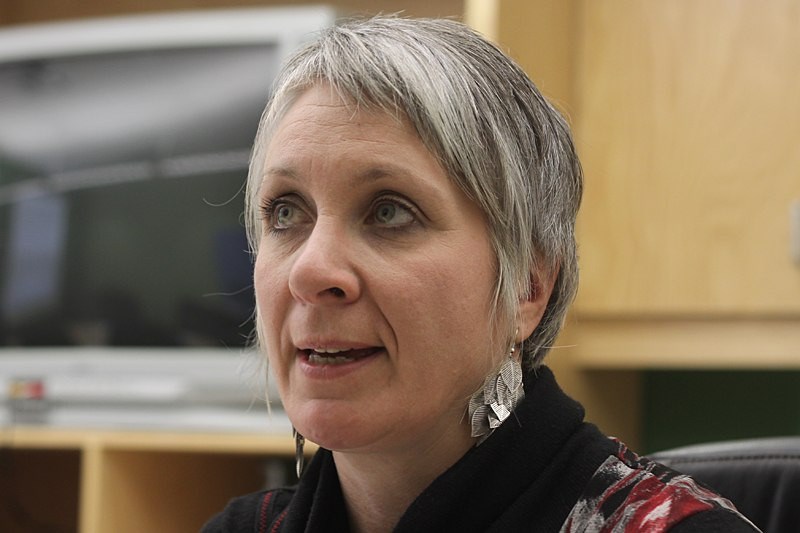Without a significant push for more affordable housing homeless rates in the city are only going to climb, says the executive director of the Shelter House.
“I think until we get a handle on affordable, and in some cases supported, housing then our homeless population will continue to grow and grow,” Patty Hajdu said at the Shelter House on Monday.
“With a vacancy rate of around 1.3 to 1.4 per cent and no plans for additional affordable or subsidized housing in place, I think we’re at a critical point right now. I think part of this program is to demonstrate the number of people that aren’t even being serviced by traditional shelters.”
Hajdu identified five different strategies city council is implementing that identifies the lack of affordable housing as a significant issue.
“I think until we actually start looking at the solution to the problem and stop just treating the symptoms we’re going to be in a chase our tail situation for a long time to come,” Hajdu said.
Recent cold temperatures have highlighted the problem at the Shelter House. The facility has been running at full capacity since the fall and the need has been on the rise over the past couple of weeks.
In response, Hajdu and Salvation Army Thunder Bay executive director Maj. Rob Kerr presented a cold weather pilot project to city council to mitigate the situation.
One of the key components was transporting sober men over the age of 18, the criteria for admittance to the Salvation Army, there from Shelter House to maximize the availability of beds.
In the meantime, the Shelter House is getting creative in finding ways of bringing in as many people as possible.
“We do see the demand for our services increase when it is very cold or there’s a lot of snow,” Hajdu said.
“Sometimes there are people we can’t actually accommodate within our doors but we have a fairly flexible policy where we allow people to stay in our vestibule or sleep on the benches in the vestibule.”
The intent of the program is to alleviate 911 calls by transporting people to shelters, rather than bringing in emergency services.
Superior North EMS chief Norm Gale, a member of the board, said getting people off the cold streets and into a shelter provides relief for the emergency response system across the city.
“Any initiative that averts a 911 call is very important to us,” Gale said.
“When it’s cold marginalized populations are vulnerable. When those people are vulnerable and incidents happen 911 is called but it’s a demand for emergency services, so if we can eliminate those calls people are safer and it’s better for the system as a whole.”
The project is scheduled to be launched at the end of the year.
